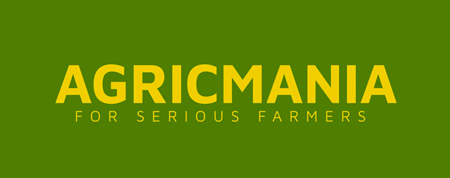HARARE – The price fluctuation of basic food commodities has been harsher for citizens in the final nine months of 2022. The lives of the poorest residents have been marked by price instability and a currency crisis. The majority of people in employment who receive their pay in local currency have to cope with shopkeepers setting their prices for their goods in both US dollars and ZWL$ on the local market places.Even so, paying in local currency would make it difficult for the consumer to buy necessities. A few people are generating money in US dollars at the same time.
According to a recent report, Zimbabwe topped the World Bank's list of nations most affected by food inflation. The top of the list of the ten nations with the highest food inflation is the erstwhile breadbasket of Southern Africa. Zimbabwe is ranked first with 353%, followed by Lebanon at 240% and Venezuela with 131%. ZimStats reports that in July 2022, the food poverty line (FPL) for one person was $17,909.00 and the total consumption poverty line (TCPL) was $23,479.00. To back this up, cooking oil was selling for $2.50 per 2 litres in April 2022. It currently costs around $5 USD. Given the precarious earnings obtained by the majority of employees and those in the informal sector who must work numerous jobs to make ends meet, this is out of the grasp of many people living on the edge.
In Zimbabwe, nearly half of the population plunged into extreme poverty between 2011 and last year, with children bearing the brunt of the suffering, according to the World Bank's economic and social update report. 38% of the rural population is food insecure, according to the Zimbabwe Vulnerability Assessment Committee's (ZIMVAC) Rural Livelihoods Assessment Report for 2022. On the other hand, reports indicate about half of Zimbabwe's population lives in abject poverty. There are 7.9 million people in Zimbabwe who live in extreme poverty, and the COVID-19 pandemic is making things worse.
According to a World Food Programme (WFP) study of urban food insecurity, approximately 2.4 million urban Zimbabweans, or roughly half of the population, go to bed hungry. Limited work possibilities, cash flow issues, frequent climate-related shocks, and economic instability
are some of the contributing elements that make Zimbabwe's food security situation worse. Climate change's repercussions do not spare Zimbabwe. Later drought seasons in the nation caused a reduction in corn production.
A bad harvest threatens food security and makes the majority of people dependent
on retailers, which puts pressure on the national supply system. For instance, with 58% of households in need of food assistance, Matabeleland North had the highest level of food insecurity. Household insecurity is particularly high in Hwange (73%), Binga (71%), and Buhera (75%). The demand on the country's national food supply system increases with the level of food insecurity. Inflation that drives up prices contributed a good amount to the context's deterioration. Due to the shutdown of industries and subsequent slowdown in business since the COVID-19 epidemic, production costs have increased. It is anticipated that the economic recession experienced between 2020 and 2021 will be much worse than that of the Great Depression.
The Russian-Ukrainian war that ensued disrupted the world's supply of petroleum, wheat, and maize. Despite this global disruption, Zimbabwe's problems continue to be distinct and domestic rather than external. For instance, Zimbabwe has the highest fuel costs in the SADC area, and there is no sensible explanation other than cartel dominance in the fuel
sector. Command Agriculture ultimately resulted in high production costs due to rising prices. At the same time, partisan criteria are used to choose who receives government assistance, excluding other qualified farmers. All of this has an impact on agriculture spending. Agriculture spending was 170% higher than the previous year, although no smart expenditure audit was done.
To ensure food security, the National Agriculture Policy Framework (NAPF) must be updated. The foundation of the policy framework must be production and competition, not politics. To achieve a balance between aggregate demand and aggregate supply, the Ministries of Finance and Economic Development and Lands, Agriculture, Water, Climate, and Rural Resettlement must invest in resilient and national smart agriculture projects. Also, the implementation of economic plans and policies on a consistent basis. Increase accountability and transparency in the agriculture support programs so that the public is aware of where the money was spent and who is responsible for previous disbursements. Governmental and humanitarian organizations should run their food aid programs impartially. Moreover, increased subsidies that are specifically aimed towards the most disadvantaged populations, such as the elderly and those with impairments.



